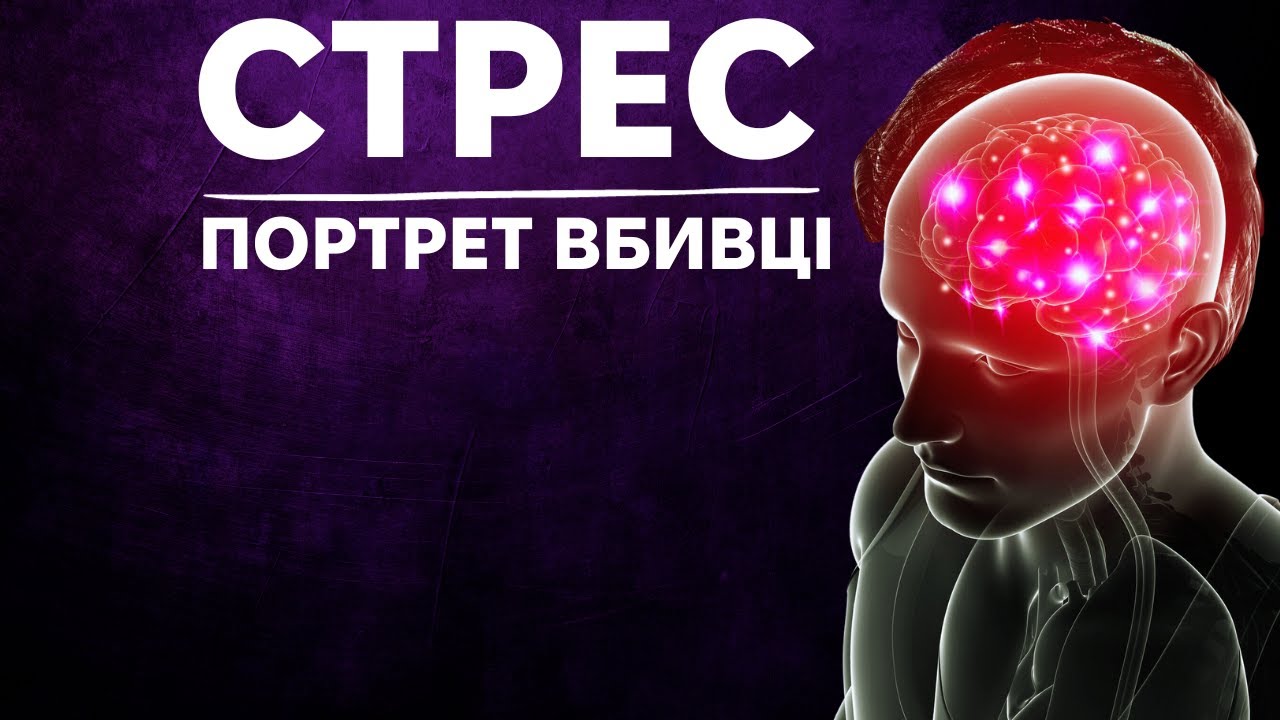3-mins per day to change your life #neuroscience #stressrelief #science #success #motivation
Summary
TLDRThis video explores the impact of stress on our lives and offers practical strategies for management. It discusses the physiological effects of stress, highlighting the balance between the sympathetic and parasympathetic nervous systems. Techniques like deep breathing and mindfulness are recommended to activate the parasympathetic system, promoting relaxation. The importance of adopting a broader awareness and avoiding unhealthy lifestyle choices is emphasized. Ultimately, the video provides tools to help viewers enhance their mental well-being and make better decisions, fostering a more balanced life.
Takeaways
- 😀 Stress can lead to serious health issues like hypertension and depression if not managed properly.
- 😓 The body's stress response involves cortisol and adrenaline release, which can result in chronic stress.
- 🏖️ Activating the parasympathetic nervous system through relaxation techniques is essential for recovery from stress.
- 🧘♂️ Engaging in mindfulness practices can help shift from a narrow focus on stressors to a broader perspective.
- 💡 Training the brain is crucial for developing better emotional regulation and decision-making skills.
- 🌅 Visualization of calming settings can enhance relaxation and help lower stress levels.
- 📉 Avoiding substances like alcohol, junk food, and smoking is vital for maintaining a balanced stress response.
- 🔄 Incorporating daily breathing exercises can effectively activate the body's relaxation response.
- 📚 Practices such as meditation and yoga contribute to a thicker prefrontal cortex, improving cognitive functions.
- 💖 Developing a routine that includes mindfulness and relaxation techniques can foster better emotional connections and resilience.
Q & A
What are the primary sources of stress mentioned in the script?
-The primary sources of stress include work pressure, family expectations, and personal challenges, all of which can create a sense of being overwhelmed.
What physical effects does stress have on the body?
-Stress can lead to the release of cortisol, which may cause various health issues such as high blood pressure, heart attacks, diabetes, and depression.
What are the two main nervous system states discussed in the script?
-The two states are the sympathetic nervous system, which triggers the 'fight or flight' response during stress, and the parasympathetic nervous system, which promotes relaxation.
How can chronic stress affect mental health?
-Chronic stress can lead to deeper states of anxiety and depression, as it reinforces negative neural pathways in the brain.
What is 'awakened awareness' as described in the script?
-Awakened awareness involves a broad focus on life and the present moment, often enhanced by practices such as meditation, which can lead to a thicker prefrontal cortex and improved mental health.
What techniques does the script suggest for managing stress?
-The script suggests deep breathing exercises and mindfulness practices, like imagining a peaceful scene, to activate the parasympathetic nervous system and reduce stress.
Why is it important to balance sympathetic and parasympathetic states?
-Balancing these states is crucial to avoid chronic stress and its associated health risks while promoting overall well-being and better decision-making.
What role does diet play in stress management according to the script?
-Diet plays a significant role; consuming junk food, alcohol, and smoking can increase cortisol levels and worsen stress, so it's important to maintain a healthy diet.
What is the significance of the prefrontal cortex in relation to stress?
-The prefrontal cortex is crucial for decision-making, empathy, and emotional regulation. Stress and depression can thin this area, while practices that promote awakened awareness can help thicken it.
What is the suggested daily practice for stress relief?
-The suggested practice involves taking a moment each day to sit comfortably, close your eyes, and focus on deep breathing while visualizing calming images to promote relaxation.
Outlines

Cette section est réservée aux utilisateurs payants. Améliorez votre compte pour accéder à cette section.
Améliorer maintenantMindmap

Cette section est réservée aux utilisateurs payants. Améliorez votre compte pour accéder à cette section.
Améliorer maintenantKeywords

Cette section est réservée aux utilisateurs payants. Améliorez votre compte pour accéder à cette section.
Améliorer maintenantHighlights

Cette section est réservée aux utilisateurs payants. Améliorez votre compte pour accéder à cette section.
Améliorer maintenantTranscripts

Cette section est réservée aux utilisateurs payants. Améliorez votre compte pour accéder à cette section.
Améliorer maintenantVoir Plus de Vidéos Connexes

5 Silent Stressors slowly reducing your quality of life

Вбивчий вплив стресу. Фільм Роберта Сапольскі

Changing the way you think about Stress | Dr Libby Weaver | TEDxCurrumbin

Black Belt Psychology Live Demo - Part I of III....

A Minimalist Guide to Social Media | Digital Minimalism

Perilaku Keorganisasian Sesi 14 MANAJEMEN STRES
5.0 / 5 (0 votes)
